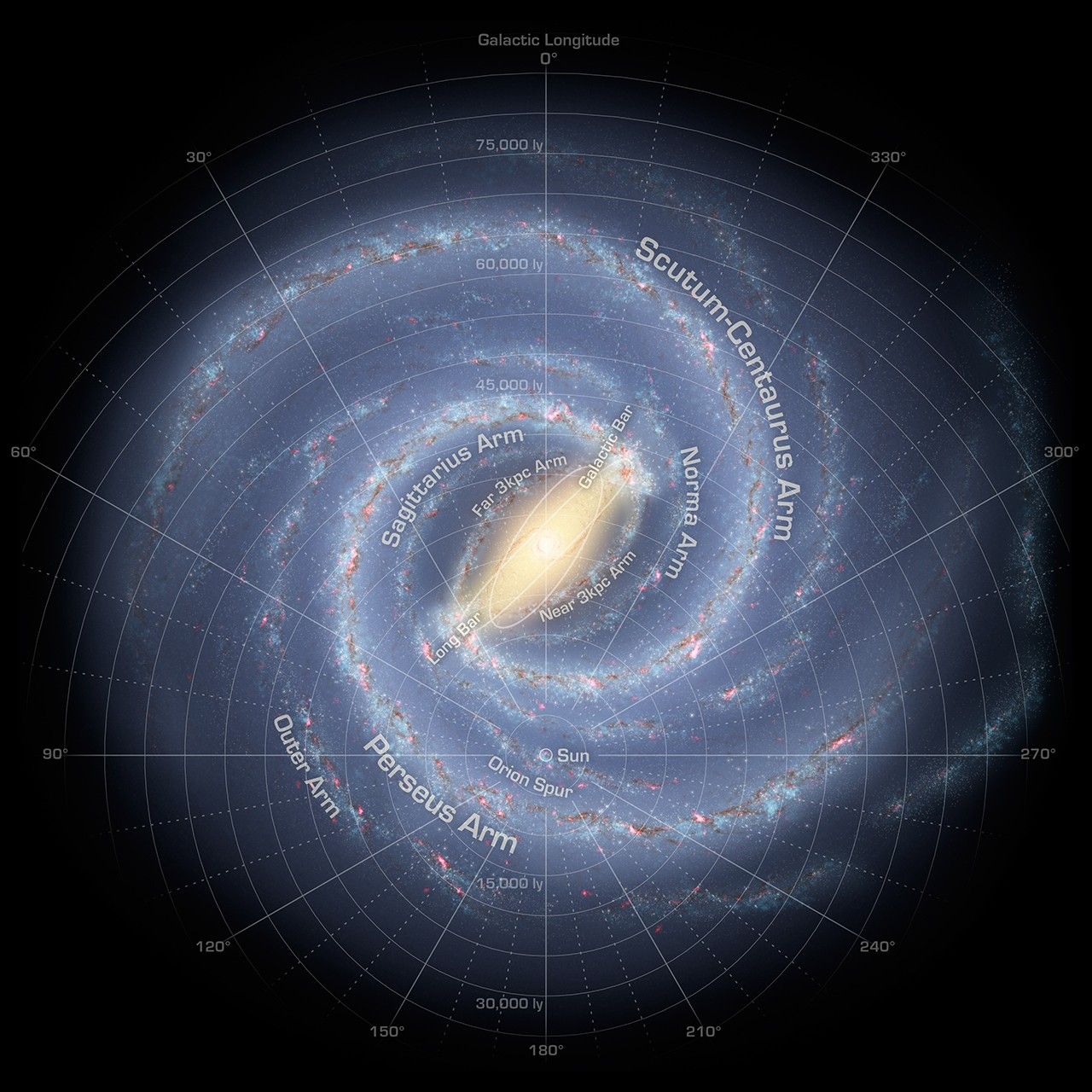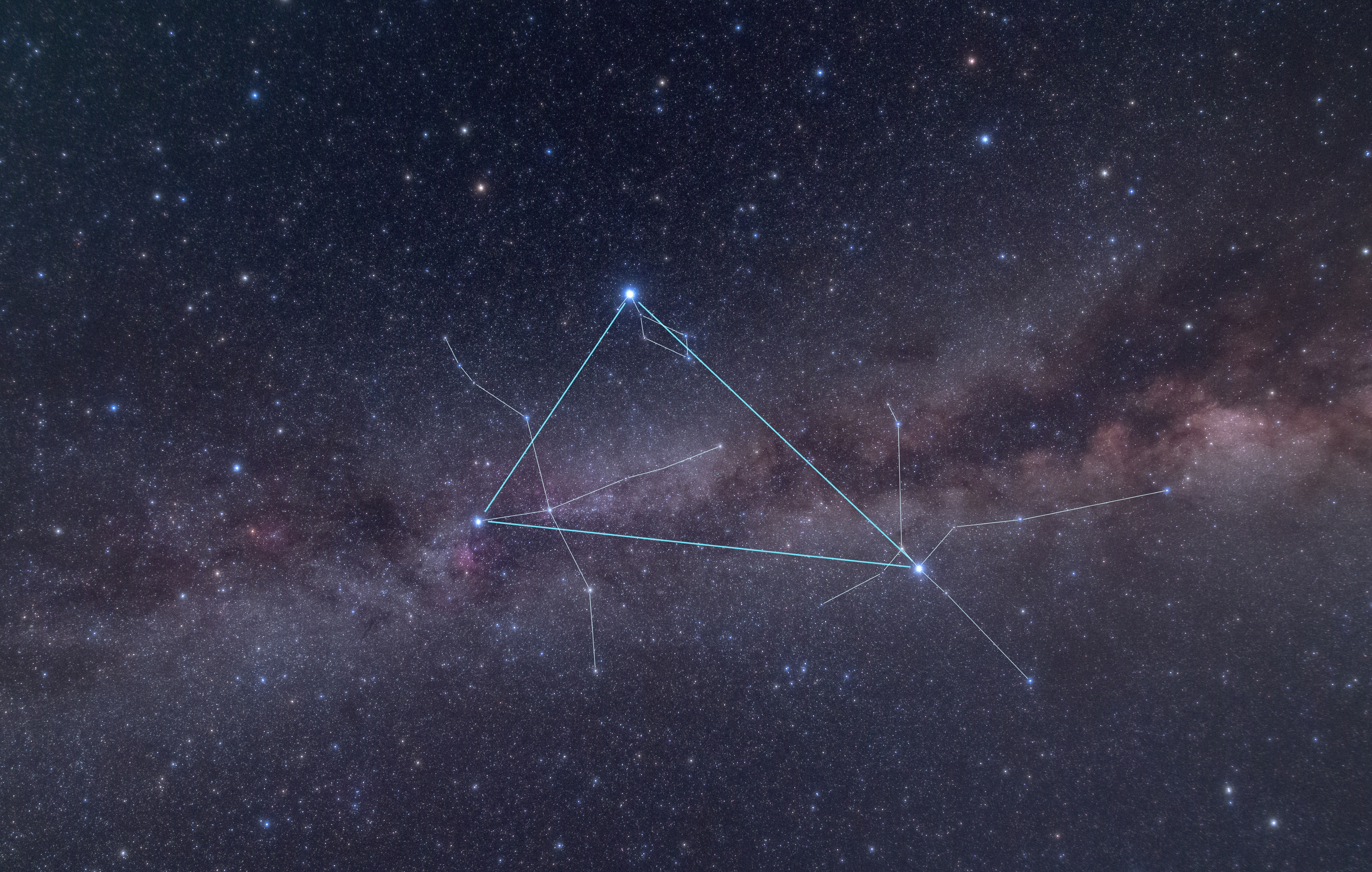It’s June, which means solstice time – and therefore, for those of us in the Northern Hemisphere, the shortest night of the year. That’s a shame, as something else remarkable is set to occur this month as well: it’s “core season” for the Milky Way.
In other words: go outside this month, find yourself a nice, secluded spot away from light pollution, and you might be treated to the sight of our galaxy’s core, stretching across the sky in a lazy demonstration of its name.
“This is the time of year when the Milky Way is visible as a faint band of hazy light arching across the sky all night,” explains NASA’s Jet Propulsion Laboratory (JPL). “You just need to be under dark skies, away from bright city lights, to see it. What you’re looking at is the bright central core of our home galaxy, seen edge-on, from our position within the galaxy’s disk.”
It might seem confusing that we can see the Milky Way whilst being, you know, inside it. But what we see when we look up at the sky isn’t the whole thing – that’s why it doesn’t look like those photos you’ve seen of, say, Andromeda, spinning out in a titanic disc or, in our case, spiral in the sky.

A “you are here” of the Milky Way – we’re looking sideways from the Orion Spur over to the bright central core.
“Instead, we only get pictures in which we see the structure of the Milky Way edge-on, from inside of it,” explained Dave Rothstein, then a postdoctoral researcher in Cornell University’s astronomy department, in 2015. Those photos showing the galaxy spanning across the sky, a bright bulge in the middle, are set up that way on purpose: they “might give the illusion that we are looking at an edge-on picture of the Milky Way from the outside, but in reality we are not,” he wrote.
Instead, “the left and right edges of this picture simply represent material in the Milky Way that is located in the opposite direction of the Galactic Center from our point of view,” Rothstein explained, “and since we ourselves are pretty close to the edge of the Milky Way, there isn’t much to see in this direction.”
Still, as unimpressive as it might be on an intergalactic scale, from an Earthbound perspective, it’s definitely a sight to behold. If you’re struggling to find it, a nice trick is to search out the Summer Triangle – the three stars Deneb, Vega, and Altair – which, as the name suggests, are especially easy to pick out in the summer. The Milky Way is right behind them.

See that shadow behind the triangle? That’s the Milky Way.
Image credit: M Andy/Shutterstock.com
“Long-exposure photos make the Milky Way’s bright stars and dark dust clouds even clearer. And while our eyes see it in visible light, NASA telescopes observe the galaxy across the spectrum, peering through dust to help us better understand our origins,” NASA’s JPL says.
But “however you observe it,” they add, “getting out under the Milky Way in June is a truly remarkable way to connect with the cosmos.”
Source Link: Now Is The Best Time To See The Milky Way’s Glowing Core In All Its Glory